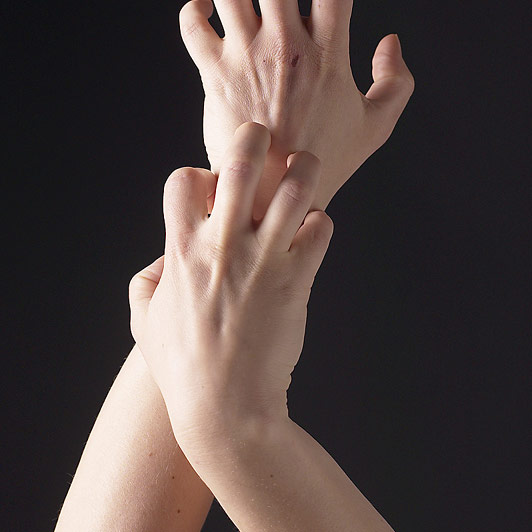TUESDAY, Jan. 19, 2015 (HealthDay News) — As frigid temperatures send much of the northern half of the United States into a deep freeze, doctors say people need to take steps to avoid dangerous drops in body temperature, or hypothermia.
“It is important to take measures to stay warm, paying special attention to the head and scalp [as well as the nose, neck and ears], which are often exposed to the cold air and at risk for heat loss in cold temperatures,” Dr. Robert Glatter, an emergency physician at Lenox Hill Hospital in New York City, said in a hospital news release.
“In the cold weather, it’s important to keep your head, face and nose covered, but most importantly dress in layers to prevent heat loss,” he added. Glatter also advised wearing “sturdy, insulated boots with thick wool socks which keep your feet and toes warm in the cold temperatures — especially while shoveling snow.”
It only takes 15 or 20 minutes in below-freezing temperatures to develop hypothermia if you are not wearing proper layering, are in wet clothing or have exposed skin. Drinking alcohol also deadens your sensitivity to cold and can raise the risk of hypothermia, Glatter noted.
Seniors and young children are at greatest risk for hypothermia. Shivering, confusion and dizziness are among the symptoms of the condition, which can lead to heart failure and death, especially in people with heart disease, diabetes and high blood pressure, Glatter said.
“It is critical to call 911 and remove the person from the outdoors if you suspect hypothermia is developing. Removing wet clothing and covering a person with warm blankets is essential,” he said.
Glatter also warned that the combination of cold weather and shoveling can significantly increase heart attack risk, especially in people with chronic health conditions such as high blood pressure or diabetes, and those with a history of heart disease and stroke.
“It’s quite important to take frequent breaks while shoveling, but also to keep yourself well-hydrated, both before and after shoveling. If you develop chest pain, difficulty breathing, dizziness, [or] arm or back pain while shoveling, stop and call 911,” Glatter said.
“I recommend using a smaller snow shovel or consider using a snow blower if you have to remove snow. Lifting heavy snow can potentially raise your blood pressure sharply as you lift. It’s safer to lift smaller amounts more frequently — or if you can’t lift it, just push the snow,” he suggested.
More information
The U.S. Centers for Disease Control and Prevention has more about winter health and safety.
Copyright © 2025 HealthDay. All rights reserved.

